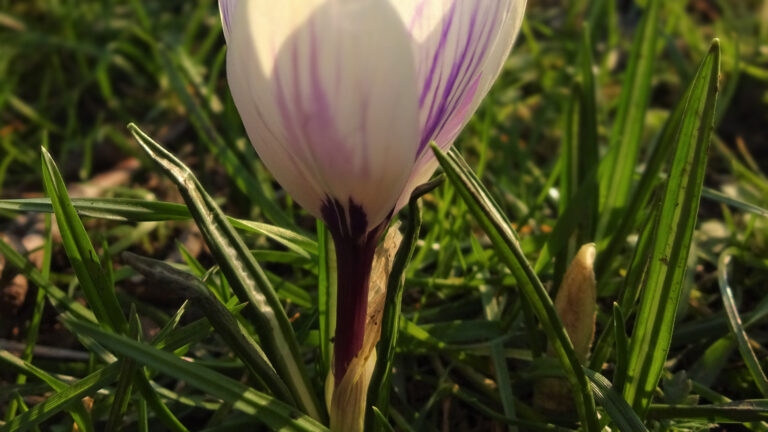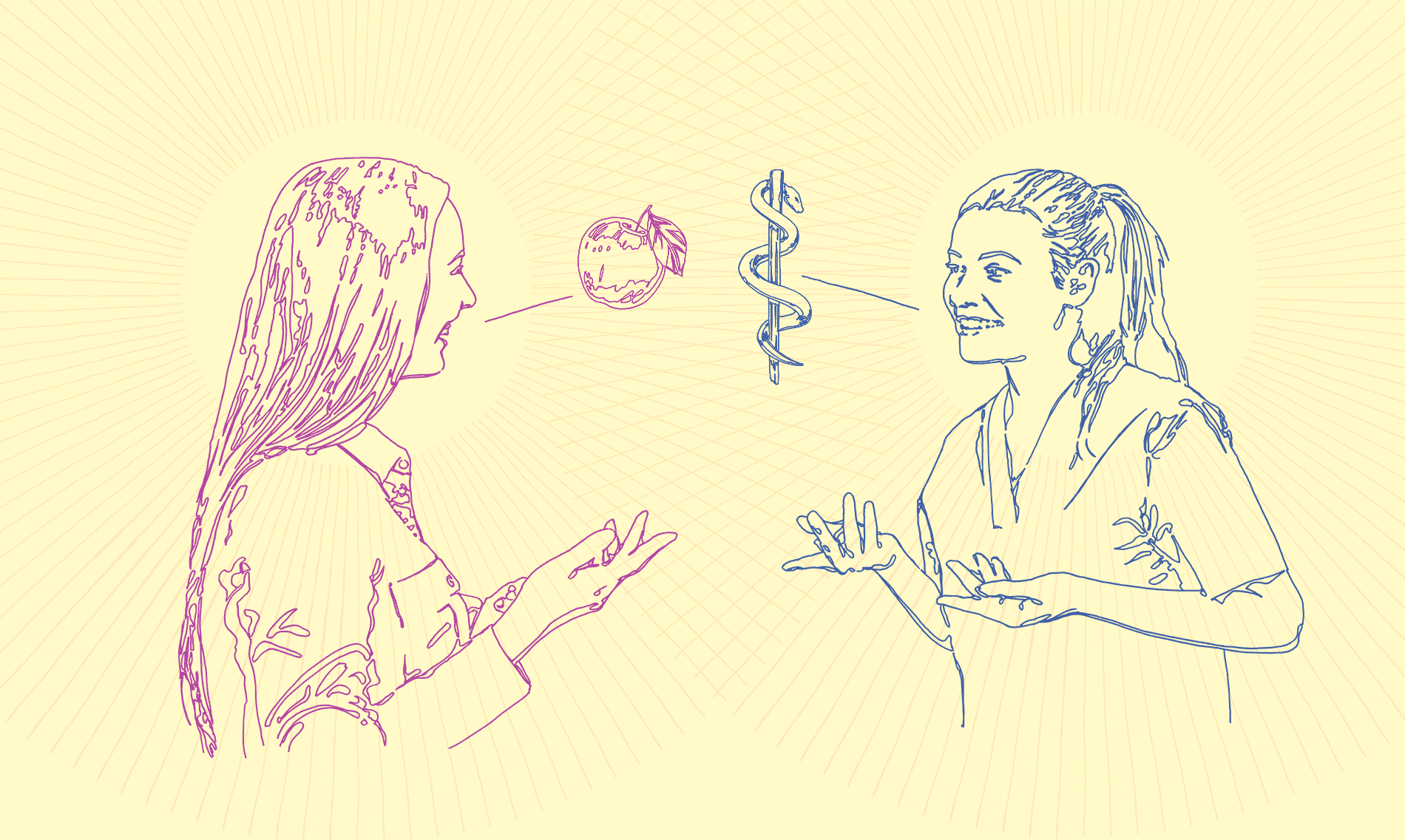Further forays into dental realms
A trip to the dentist isn’t exactly how one would hope to see in the New Year. However, reluctant as I was to attend my ‘review’, the experience was to prove rewarding beyond my expectations.
A botch job on a simple filling had developed into an agonising abscess in my early 20s which had required emergency root treatment. Now I know in my profession that root treatments are highly controversial. In fact, they are not considered a healthy option at all. However having had this treatment before qualifying as a nutritionist the truth is I’d pretty much forgotten about it. I’d experienced absolutely no problems with it, until recently. My dentist recommended a re-root with one of his colleagues, a highly esteemed and experienced endodontist. And so it was that I spent the last summer in relative discomfort both physically and somewhat mentally too. The treatment had not gone particularly smoothly this time. A barrage of inexplicable symptomatic reactions resulted in repeated visits to the dentist. It took a long time to settle and even after the worst had passed, I still wasn’t convinced that this was the root I should have taken (seriously, no pun intended).

And so I found myself sitting sceptically in the Waiting Room leafy through my latest copy of IHCAN (Integrative Healthcare and Applied Nutrition magazine) hoping that dental procedures wouldn’t feature in any of the articles. Despite the experience of my summer ordeal, I was genuinely pleased to see my endodontist again. A spirited and compassionate individual, she possesses a combination of characteristics that one doesn’t often see in conventional practitioners. She is highly knowledgeable and skilled, but also seems genuinely interested in your case. In fact, she’d been hugely concerned when, after treatment, I experienced swollen glands, a sore throat, aching ear and persistent bad taste – but only on the side of my body where the treatment had taken place. Whereas my previous dentist would likely have tried to convince me that there was no connection between the two, she did nothing of the sort. In fact, I almost felt sorry for her as she searched frantically through her mental toolkit, trying to produce a logical explanation for me.
Happily, this visit was to be a far less eventful affair, at least as far as that tooth was concerned. My endodontist was fairly satisfied that after examination, the tooth was finally looking quite settled. Now, for some bizarre reason Reception had booked me in for an hour and a half, instead of the half-hour check-up I was due. Although not culpable I felt uncomfortable for this error which would leave my endodontist with ‘dead’ time between patients, but she didn’t seem too concerned. In fact, that hour and a half passed in a heartbeat after we became engaged in a discussion that was to prove both eye-opening and affirming.
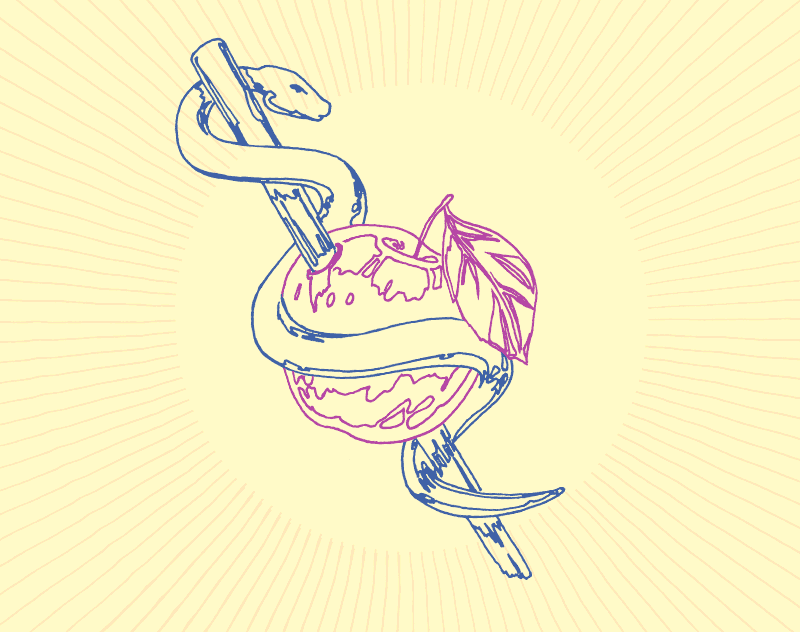
I had never before had a conversation with a dental practitioner about the effects of treatment on the body as a whole. Even though much has been made of this in holistic medicine, it’s not something that is given much regard in the mainstream.
What we discussed reinstated some faith in conventional practice. My endodontist had clearly been flummoxed by my excessive reaction to the treatment, and she admitted this. She told me about lectures she’d been attending where one particular specialist in her field had been speaking on the systemic effects of root treatment, a side of dental medicine which had remained largely unexplored. I had never before had a conversation with a dental practitioner about the effects of treatment on the body as a whole. Even though much has been made of this in holistic medicine, it’s not something that is given much regard in the mainstream. My endodontist was fascinated by these latest findings although she said that the research was very new and that, as yet, there was insufficient scientific data to reach any definitive conclusions. However it had clearly gotten her to thinking about her own practice and how the findings might impact on her work.
I can’t tell you how refreshing I found her attitude. My previous dentist, although obviously well-meaning, still used ‘old school’ materials and his practise had barely changed over the 2 decades that I’d been seeing him. When I requested composite (white) fillings over amalgam (metal) he refused. He told me they weren’t as strong and that in his opinion, amalgam fillings weren’t a problem. However, my endodontist (and my new dentist) are both of the opinion that whereas some people might not experience any problems at all, others are reactive to certain materials. As a highly atopic individual with a long and complex health history, I felt heard when I discussed my situation and my needs with them. In short, I felt that they took my case seriously and treated me as an individual. This is the common sense approach applied in modern integrative medicine and, even though the jury’s still out on root canal, I appreciate the fact that I am dealing with a practitioner who addresses her client’s needs in the same way as I do with mine. (And happily, I don’t have to worry about amalgams anymore as my new practice doesn’t use them.)

All too often I’ve found myself lamenting over the reductionist approach of conventional medicine. I remember stifling a laugh over stumbling upon the ‘Foot Clinic’ (again, no pun intended) in a hospital grounds, as if one’s foot could be neatly compartmentalised and treated away from the rest of the body… The knowledge that a holistic research approach is being adopted by a well-respected medical specialist is doubly reassuring. As a lover of science I devour the latest nutrition research, but I also understand that the findings have their limitations. Science simply does not possess all the answers to the machinations of the human body or the world we live in. On many an occasion I have been disappointed by one or other brilliant individual’s hubris concerning their specialism. And yet here I was with a highly-regarded specialist prepared to question what she had already learned in her field, admitting that there is so much more to learn and, most importantly, open to change. That to me is the measure of a truly brilliant practitioner.
“The important thing is to not stop questioning. Curiosity has its own reason for existing.”
Albert Einstein
Read More

Let’s Get Physical

Nature Nurture
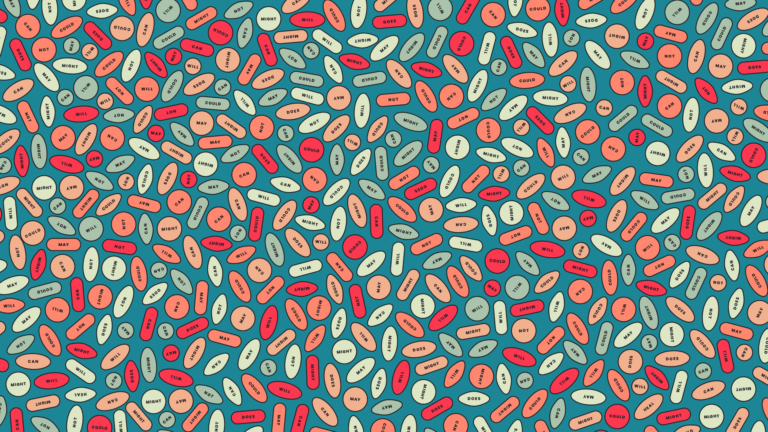
All Good Intentions
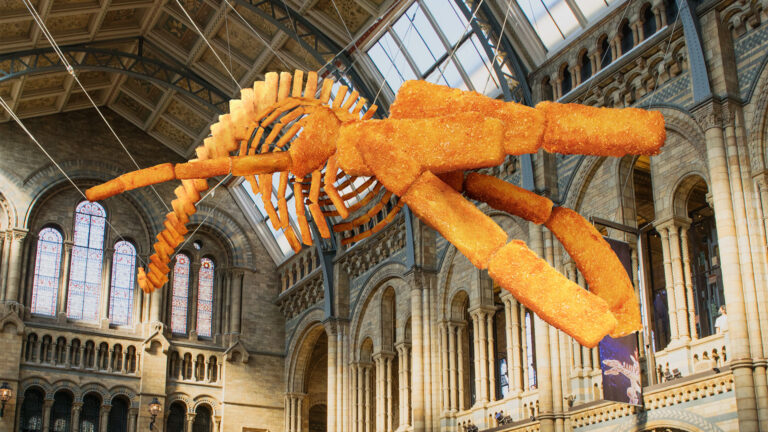
Child Friendly Fayre

Soul Food for Challenging Times
